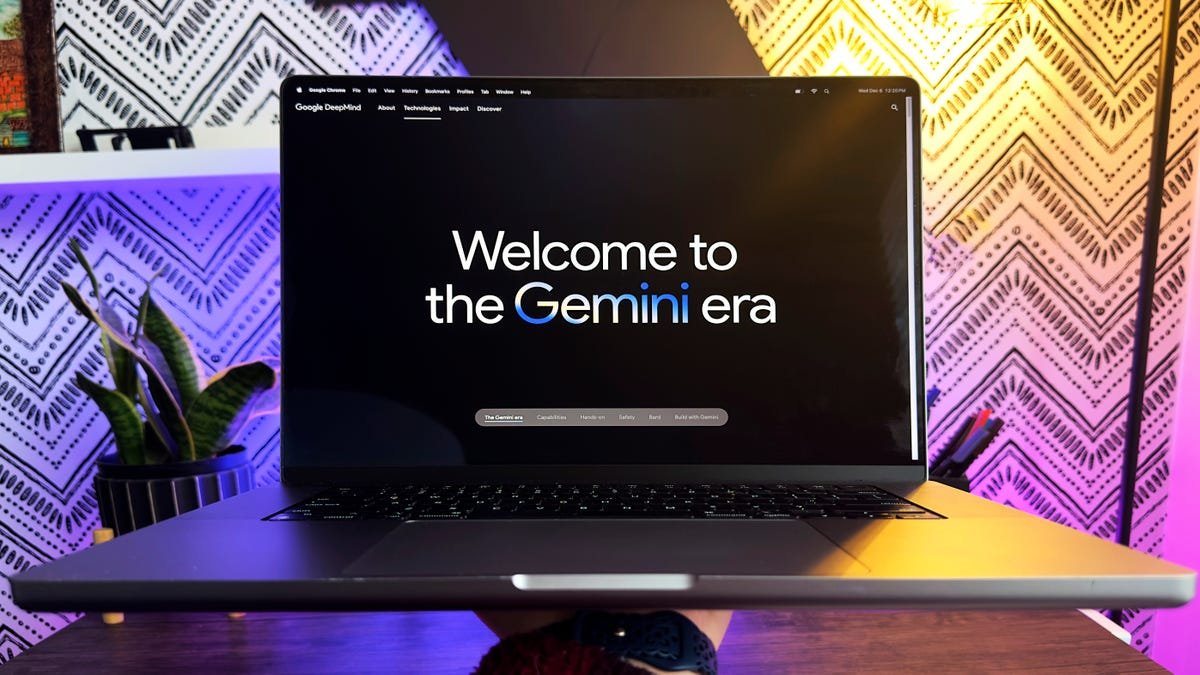Unlocking the Power of AI: A Guide to Creating NA10 Workflows with ChatGPT
Introduction
Hello, I’m David Andre, and today, I’m excited to share an innovative approach to building NA10 workflows using ChatGPT. If you’re not leveraging AI to construct your automation agents, you might be missing out on a significant advantage. In this article, I’ll guide you step-by-step on how to transform simple text prompts into complex NA10 workflows that would typically take hours to create. Let’s dive in!
Understanding NA10 Workflows
What is NA10?
NA10 refers to a specific set of automation workflows that allow users to streamline their processes across various applications. These workflows can be customized to fit different needs, making them incredibly versatile. However, building these workflows can often be time-consuming and require technical expertise. Fortunately, with tools like ChatGPT, this process can become much simpler.
Why Use AI in Workflow Creation?
Using AI in workflow creation offers numerous benefits:
- Time Efficiency: AI can generate complex workflows in a fraction of the time it would take manually.
- Accessibility: You don’t need to be a coding expert to create effective workflows.
- Customization: AI can adapt to your specific needs, providing tailored solutions.
Example of NA10 in Action
Imagine you need to automate a data entry task that involves pulling information from multiple sources and compiling it into a single report. Instead of manually coding this workflow, you can use ChatGPT to generate the necessary JSON files that NA10 requires. This not only saves time but also reduces the likelihood of errors.
Getting Started with ChatGPT for NA10 Workflows
Creating Your Project
To begin, you’ll first need to set up your project in ChatGPT. Here’s how to do it:
- Open the Sidebar: Look for the sidebar on the left side of your ChatGPT interface.
- Click on ‘New Project’: This will initiate the process of creating a new workflow.
- Naming Your Project: Name your project something descriptive, like "Naden Builder."
Setting Up Instructions
Once your project is created, you’ll need to provide ChatGPT with specific instructions to guide it in generating the workflow.
- Add Instructions: Click on the section to add instructions.
- Define the System Prompt: This is crucial. A well-defined prompt will ensure that ChatGPT knows exactly what you’re aiming for.
Example of a System Prompt
Here’s a sample prompt to get you started:
“You are an AI agent designed to create JSON workflow files for NA10 modules. Your output should include all necessary details and be formatted correctly for immediate use.”
Feel free to adjust this prompt based on your specific needs.
Generating Your NA10 Workflow
Once you’ve set up your project and instructions, it’s time to generate the NA10 workflow.
Using Text Prompts
This is where the magic happens. Simply type in your requirements in plain English. For instance, you might say:
“I need a workflow that pulls data from an API, processes it, and sends it to a database.”
ChatGPT will then interpret your request and generate the corresponding JSON code that reflects your needs.
Example Output
Here’s a simple example of what you might receive:
json
{
"workflow": {
"name": "Data Processing Workflow",
"steps": [
{
"action": "pullData",
"source": "API_URL"
},
{
"action": "processData",
"function": "dataTransformation"
},
{
"action": "sendData",
"destination": "databaseConnection"
}
]
}
}
Fine-Tuning Your Workflow
Reviewing the Output
After generating the workflow, it’s crucial to review the output. Make sure that all steps align with your initial request and that the actions are correctly defined.
Making Adjustments
Should you need to make changes, simply re-enter your prompt with the desired modifications. This flexibility allows you to refine your workflow until it perfectly meets your needs.
Practical Examples and FAQs
Example 1: Automating Email Notifications
Scenario: You want to automate email notifications for new entries in your database.
Prompt: “Create a workflow that sends an email notification whenever a new entry is added to the database.”
Output: ChatGPT will generate a JSON file that includes steps for monitoring the database and sending an email.
FAQ
Q: Can I integrate this with other applications?
A: Yes, NA10 workflows can often be integrated with various applications, enhancing their functionality.
Example 2: Data Migration
Scenario: You need to migrate data from one platform to another.
Prompt: “Generate a workflow to migrate data from Platform A to Platform B.”
Output: The generated workflow will include steps for extracting, transforming, and loading the data.
FAQ
Q: How secure is the data during migration?
A: The security of the data largely depends on the protocols you implement in your workflow.
Conclusion
By utilizing ChatGPT to create NA10 workflows, you can significantly enhance your productivity and streamline your processes. The ability to convert simple text prompts into complex automation saves time and makes workflow creation accessible to everyone, regardless of technical expertise.
So, if you haven’t started using AI in your workflow development yet, now is the time to jump in. With the tools available today, building powerful automation has never been easier. Happy automating!






